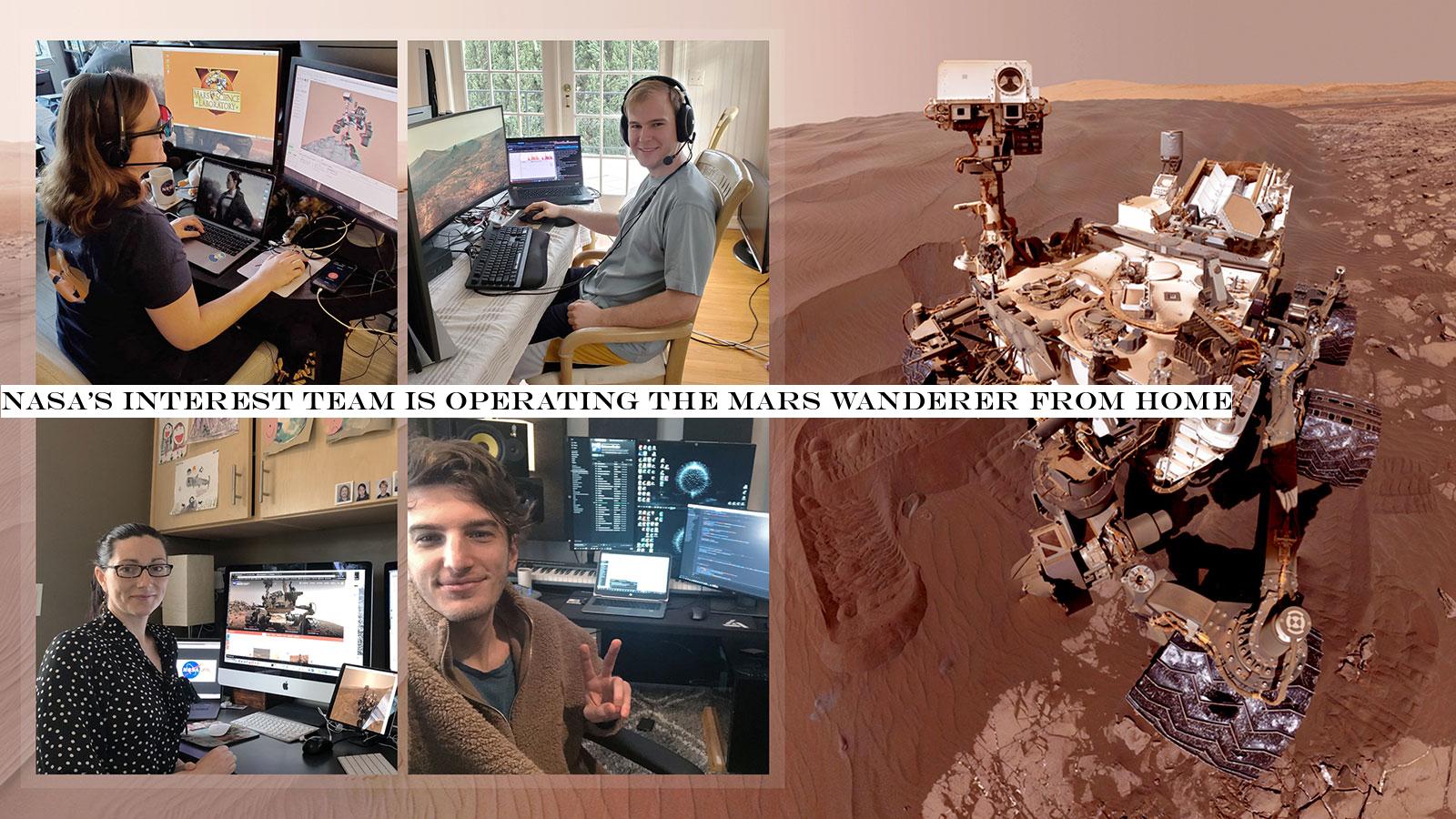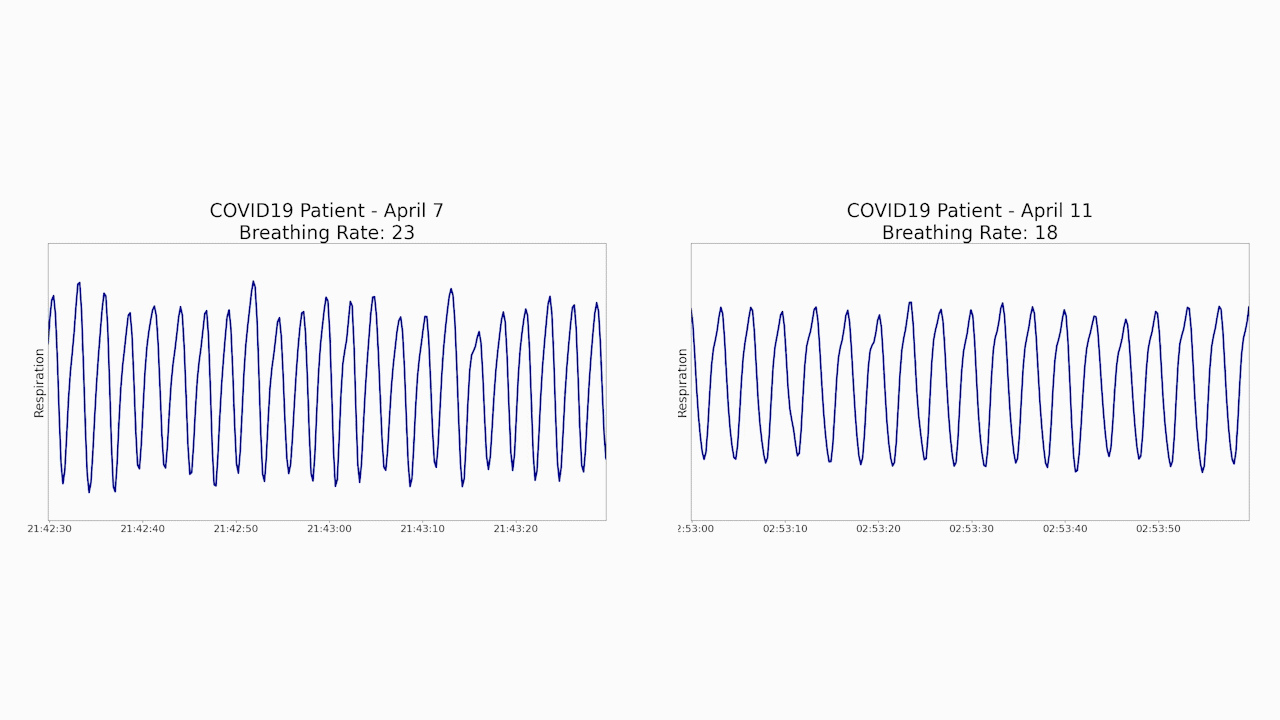Online consignment company The RealReal is the latest tech company to lay off and furlough employees amid the COVID-19 pandemic. In the companyquarterly earnings report today, The RealReal announced layoffs affecting 10% of its workforce and furloughs impacting 15% of employees.
By doing so, The RealReal says it will be able to reduce its operating expenses by about $70 million. In a press release, The RealReal said these changes are designed to &support its employees through the pandemic and ensure the team is well positioned for a strong restart on the other side of this health crisis.&
Those furloughed include employees in The RealReale-commerce centers, retail stores, luxury consignment offices, sales organization and headquarters. The RealReal has also instituted a hiring freeze and reduced the salaries of executives.
The RealReal, which has been a public company for a little less than one year, joins the growing number of tech companies that have made personnel changes in the wake of the coronavirus.
&Given the unknown duration of the pandemic, we&ve focused on reducing operating expenses and preserving liquidity to weather the near-term challenges and ensure we are well positioned to capitalize on the significant opportunity in front of us,& The RealReal CEO Julie Wainwright said in a statement. &I am confident the strength of our balance sheet, customer satisfaction, healthy traffic trends, and buyer and consignor repeat rates, along with continuing progress in technology initiatives that support efficiently scaling our operations, will position us to bounce back quickly once the economy stabilizes.&

- Details
- Category: Technology Today
Read more: High-end consignment seller The RealReal lays off 10% of workforce, furloughs 15%
Write comment (92 Comments)If you&re looking at footage from your Nest Cam and the quality seems a bit lower than normal: itnot your eyes.
In an email to users, Google says it is temporarily lowering the video quality of Nest Cams in an effort to limit how much bandwidth each camera uses and, in turn, &conserve internet resources.& The adjustment is rolling out over the next few days, and Google says anyone who has their quality settings adjusted will get a notification in the Nest app.
Itthe latest in a series of moves made by tech companies in an effort to keep the internet stable through the ongoing COVID-19 pandemic. More people are at home during the day than ever before, video calling for work and school, or streaming content to pass the time — and that all requires bandwidth. Amazon, Netflix, and YouTube have each taken steps to limit the strain they might be adding to the network, while Sony has been capping PlayStation game download speeds.
While Nest cameras aren&t inherently using more bandwidth right now than they otherwise might, each camera alreadyused a good amount of bandwidth day to day. A Nest Cam IQ, for example, uses roughly 400GB of data per month at its highest settings; cutting this down to medium high shaves that down to 300GB.
Google confirmed their plans with TechCrunch, with a Google spokesperson adding:
To answer the global call to prioritize internet bandwidth for learning and working, in the next few days we&re going to be making a few changes. We believe these changes have the potential to help make it easier for communities to keep up with school, work, and everything in between.
While they&re automatically making the change on behalf of the user (a move some owners are complaining is an overstep), Google notes that you&re able to bump your cameras back up to their highest settings should you see fit. They&re not capping the quality, instead just lowering settings by default — so if you&ve got a camera in a setting where every pixel counts, know that you&re going to need to adjust accordingly.

- Details
- Category: Technology Today
Read more: Google is decreasing Nest cam top quality 'to conserve web sources'
Write comment (93 Comments)

